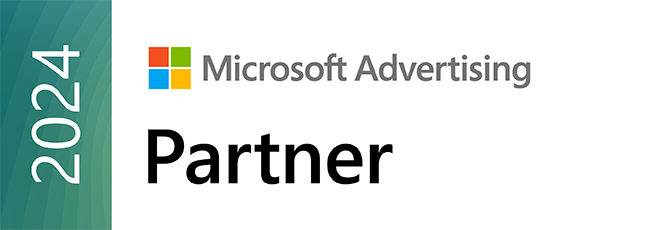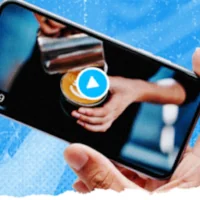Social Media Strategy for Virtual Events: A Guide for Associations

Associations face unique challenges when hosting virtual events, where the lack of in-person networking can cause attendees to lose focus. Social media strategy for virtual event associations is essential for associations that want to keep members engaged and visible online. By linking associations social media efforts with event promotion, organizations can strengthen participation, boost event registration growth, and create lasting value for members
Goals of a social media strategy for virtual events
An effective plan delivers four main benefits. It supports event registration growth by showcasing the value of sessions and speakers early. It improves virtual event engagement with interactive polls and real-time updates. It reinforces community within member groups through ongoing conversation. Finally, it expands reach, making associations social media a driver of professional visibility beyond existing members.
Core elements of an effective social media strategy for virtual events
A well-structured plan relies on tested methods:
Adapt content for each channel. LinkedIn suits professional updates, Instagram highlights speaker visuals and Facebook performs well with polls or stories.
- Promote user-generated posts with consistent hashtags. Encourage members to share session insights, screenshots or reactions to boost virtual event engagement.
- Share highlights in real time, including memorable quotes, takeaways and mentions of speakers.
- Reply to questions and comments promptly to make attendees feel included. These steps create opportunities for live event social tactics that keep the energy high.
Converting virtual event engagement into action
For associations, engagement should lead to tangible results. Members who interact with posts are strong candidates for conversion. Use retargeted ads, send direct reminders or direct users to landing pages with clear calls to register. Timely outreach ensures that virtual event engagement turns into measurable event registration growth.
Tracking results through association’s social media
Associations must track key indicators to evaluate effectiveness. Monitor registrations that follow highly engaged posts, impressions on hashtags, live session attendance and traffic from social platforms to registration pages. By connecting these metrics to your associations social media strategy, you can demonstrate ROI and justify future investment.
Practical steps to launch a campaign
Start with a content calendar covering pre-event teasers, live daily highlights and post-event summaries. Prepare branded visuals, speaker soundbites and shareable quotes. Assign moderators to manage live feeds and encourage interaction. Budget for boosted posts at key times and test different live event social tactics to find what drives the most engagement.
Conclusion
A well-structured social media strategy for virtual events helps associations deliver stronger outcomes. It drives event registration growth, supports virtual event engagement, and creates space for effective live event social tactics that raise visibility and member satisfaction.
FAQ Section
Q1: How does a social media strategy for virtual events support event registration growth?
It raises awareness early, creates excitement around speakers and content, and uses social signals to retarget likely participants with reminders or ads that lead directly to registration.
Q2: Which platforms are most effective for associations social media?
LinkedIn is strongest for professional updates, Instagram and Facebook are ideal for visuals and stories, and Twitter (or X) suits real-time coverage. The choice depends on where members are most active.
Q3: What live event social tactics keep attendees engaged?
Polls, speaker highlights, shared quotes and participant re-posts are effective. These tactics encourage attendees to interact and stay focused throughout the event.
Q4: When should associations start promotion to build virtual event engagement?
Promotion should begin at least four weeks in advance. Teasers create early interest, and reminders closer to the event help secure registrations and sustain momentum.
Q5: How can associations measure ROI from a social media strategy for virtual events?
ROI is measured by tracking registrations linked to social posts, engagement rates, referral traffic to event pages, live attendance numbers and survey feedback after the event.
A thought-leadership piece written by the CEO of Kabloom, Richard Torriani.

See how we rank as a Top Digital Marketing Agency on DesignRush.









